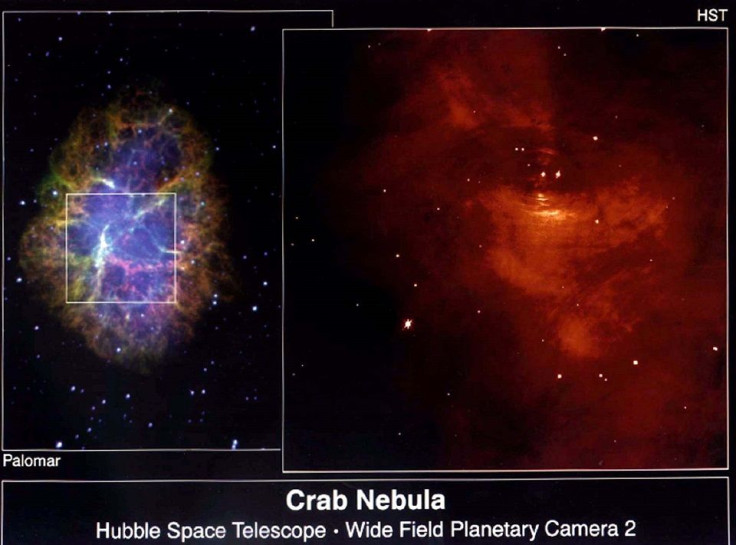234 stars from a sample of 2.5 million show odd pulsing signal which could indicate alien life

A new study by astronomers from Laval University in Canada identified 234 stars out of a sample of 2.5 million which display odd pulsing signal. They believe the pulsing is similar to an intelligent alien race trying to make a contact.
Collective Evolution reports that Ermanno Borra and Eric Trottier from the university studied the samples from 2.5 million stars that were part of the Sloan Digital Sky Survey project. A previous study by Borra led them to conclude the signals recorded could be from aliens based on his envision of the shape of an extraterrestrial intelligence (ETI) signal.
The project created the most detailed 3D maps of the universe with deep multi-color images of one-third of the sky and spectra for over 3 million astronomical objects.
The two astronomers used a Fourier transform analysis and found on 234 stars signals in the F2 to K1 range. The signals could not be caused by instrumental or data analysis effects since it is present in only a very small fraction of stars within a narrow spectral range. Among the other possibilities that Borra and Trottier considered were rotational transitions in molecules, rapid pulsations, Fourier transform of spectral lines and signals generated by ETI.
But they acknowledge their finding is not the discovery needed to confirm humans are not alone in the universe. More work is needed to even suggest that theory.
The Breakthrough Listen Initiative, a scientific and technological explorations programme, with Stephen Hawking and Facebook CEO Mark Zuckerberg on its board, plans to expand on the study’s findings since more proof is needed from an outside source to prove the claims of the astronomers are true.
The initiative adds, “Internationally agreed-upon protocols for searches for evidence of advanced life beyond Earth (SETI) require candidates to be confirmed by independent groups using their own telescopes, and for all natural explanations to be exhausted before invoking extraterrestrial agents as an explanation.”




















